Trick-or-Treat: When Costumes and Candy Collide
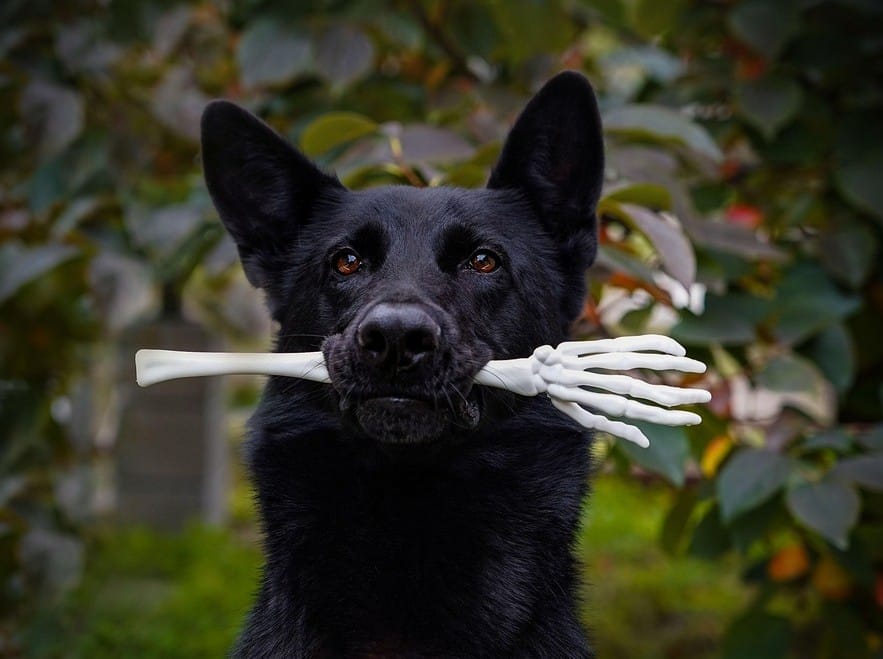
🎃 Halloween is such a fun season, from glowing pumpkins to creative costumes, and of course, sweet treats. Families across the U.S., Europe, and New Zealand all celebrate in their own ways, whether through trick-or-treating, parties, or community gatherings.
But while the holiday can be magical for us, it can feel stressful (and even risky) for our pets. With a little planning, you can keep the fun alive while also making sure your furry companions feel safe and cared for.
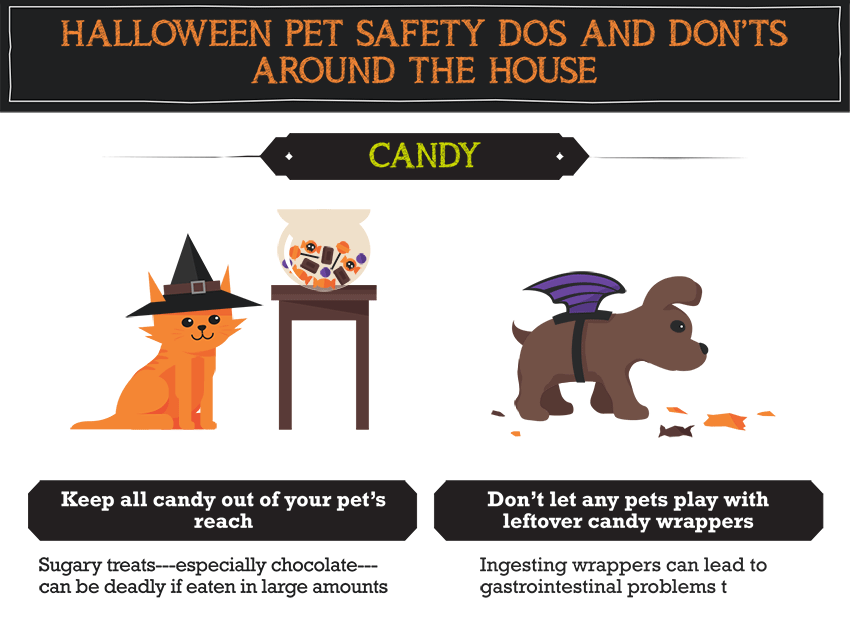
Treats & Toxic Foods
Candy bowls and baking trays are part of the Halloween scene, but many of those goodies aren’t safe for pets:
- Chocolate: All types are dangerous, especially dark or baking chocolate. Symptoms may include vomiting, diarrhea, rapid breathing, seizures, or even worse.
- Xylitol: Found in sugar-free gum, mints, and candy. Even a small amount can cause a dangerous drop in blood sugar in dogs, leading to seizures. For cats, research is less clear, but best to avoid it altogether.
- Macadamia Nuts & Raisins: Both can trigger toxic reactions that affect the nervous system or kidneys.
- Wrappers & Containers: Even if the food isn’t harmful, the packaging can cause a blockage that often requires surgery to remove.
💡 Tip: If your pet eats something you’re worried about, call your veterinarian or an animal poison control hotline right away.
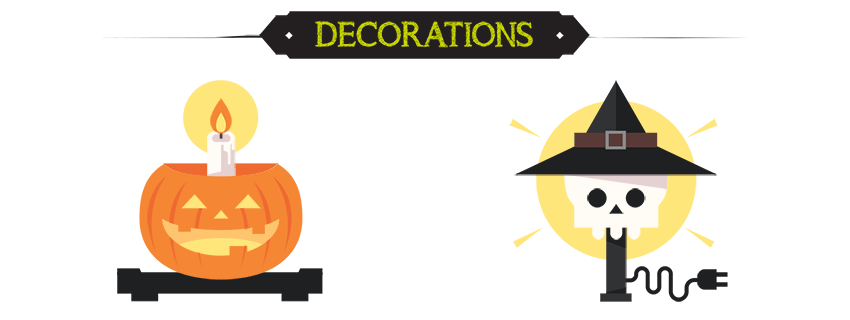
Halloween décor sets the mood, but it also brings new temptations and risks:
- Jack-o’-Lanterns: A startled pet can easily knock one over. Skip the open flame and try LED candles instead.
- Cords, Wires & Bulbs: Chewing on these can cause mouth injuries, burns, or worse. Keep them secured and unplug when not in use.
- Glow Sticks: Not typically toxic, but the liquid tastes awful. Pets who bite into them may drool, paw at their mouths, or vomit.
- Dry Ice: Fun for spooky effects, but very dangerous. It releases carbon dioxide gas, which can suffocate small pets.

- Keep outdoor cats inside, especially black cats, who can sadly be at higher risk around Halloween.
- If you take your pet trick-or-treating, reflective gear like bandanas, vests, or visible costumes help drivers spot you in the dark.

If you’d like your pet to join in the dress-up fun, comfort comes first:
- Costumes should never restrict breathing, movement, or hearing.
- Avoid loose pieces that can be chewed off and swallowed.
- Test the costume a night or two before, if your pet looks stressed, opt for a festive bandana instead.
Remember: there’s nothing wrong with your pet celebrating Halloween in their “birthday suit.”
Guests, Noise & Anxious Moments
The doorbell, the costumes, and the excitement can be overwhelming for animals. A few ways to help:
- Quiet Retreat: Create a cozy, quiet space with a bed, water, and favorite toys.
- Calming Aids/Pheromones: Products like Feliway can help cats, while some dogs may benefit from vet-recommended calming medications.
- Routine: Stick to their normal feeding and walk schedule to reduce stress.
- Identification: Keep collars and tags on, and ensure microchip info is up to date in case a door is left open.
✨ Wherever you’re celebrating, whether that’s a U.S. neighborhood full of trick-or-treaters, a lively Irish town, a German Halloween party, or a New Zealand school disco, the key is keeping pets safe and comfortable.
If you think your pet has gotten into something dangerous, call your local vet or a regional animal poison hotline right away:
- U.S.: ASPCA Animal Poison Control Hotline (888-426-4435)
- U.K.: Animal PoisonLine (24/7 for pet owners)
- France/EU: National veterinary poison centers such as CNITV (France)
- New Zealand: NZ Animal Poisons Helpline (0800 869 738)
A little preparation goes a long way in making sure the holiday is fun for the whole family, fur included! 🐾
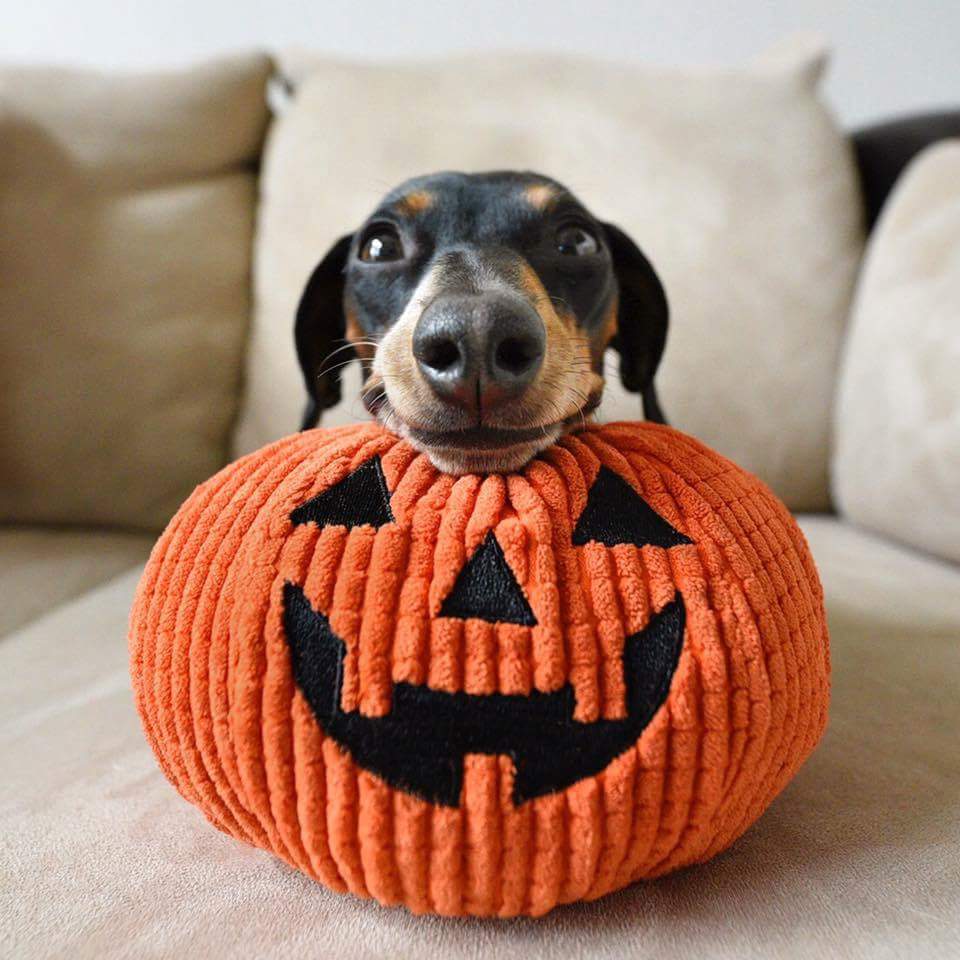
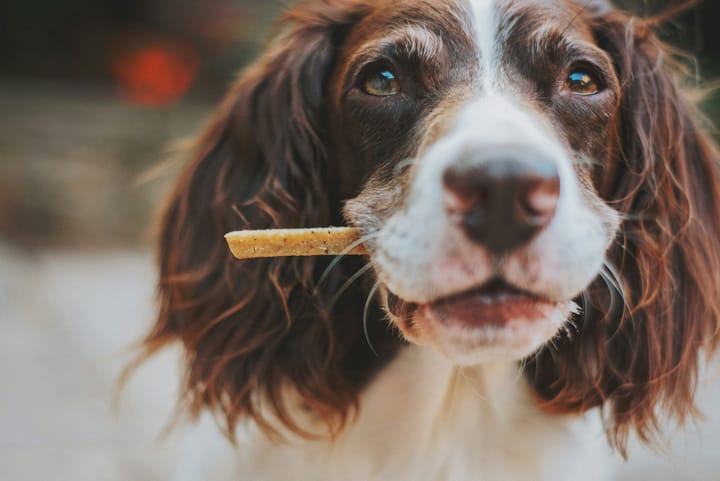

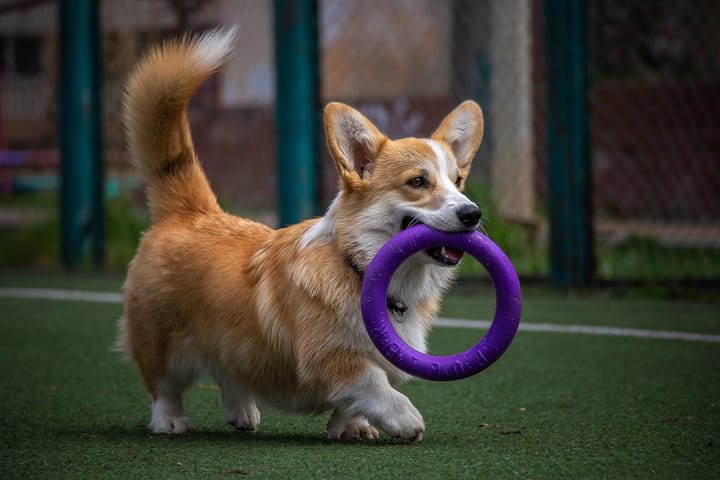
Comments ()